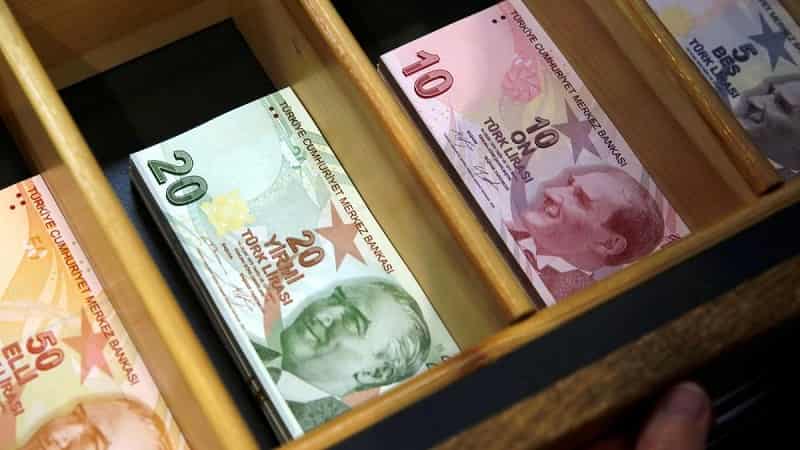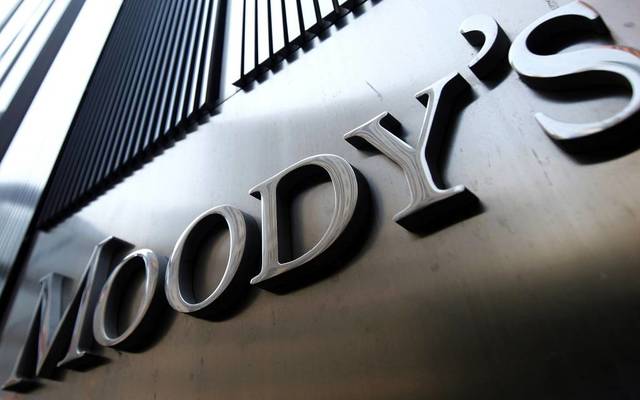On 21 September, the Central Bank of Turkiye (CBRT) raised its policy rate by 500 basis points (bp) to 30%, following a larger-than-expected 750bp increase in August and a more moderate pace of tightening in the early months of its new leadership.
Overall, the central bank has raised its policy rate by 2,150 bp since May.
The CBRT’s aggressive response to sharply increased inflation, which rose to 58.9% in August from 39.6% in May, is credit positive.
The strong and accelerated pace of monetary tightening is essential to rebuilding the CBRT’s credibility and helping it stabilise the exchange rate and re-anchor inflation expectations.
We expect the CBRT will continue to raise its policy rate in the coming months because it expects rising inflation, mostly reflecting previous lira depreciation, but also substantial cost pressures from large wage and pension increases earlier this year.
Tax increases announced in July are also adding to inflationary pressures.
Under our baseline scenario, we expect Turkiye’s consumer price inflation to trend higher in the coming months to nearly 70% by year-end.
The policy rate would need to rise an additional 10 percentage points just to keep real interest rates at their current level.
Stronger and faster monetary tightening is also needed because fiscal policy will likely remain expansionary this year and next, partly because of earthquake-related reconstruction spending.
We expect a budget deficit of around 6% of GDP this year and potentially next year, too, the highest level in two decades.
However, the acceleration in monetary policy tightening is likely to increasingly weigh on growth, and we expect real GDP growth to slow to 2.6% in 2024 from 4.2% this year.
Although the government revised its growth forecast for both years down to 4% in its recently released medium-term programme, achieving such strong growth will be difficult if the authorities remain committed to monetary policy tightening to combat inflation.
The CBRT has also started to take steps to unwind the foreign-exchange-protected deposit scheme introduced in December 2021 to reduce the very high level of deposit dollarisation in Turkiye’s banking system and reduce pressure on the currency.
Phasing out the scheme is important because it amplifies the inflationary effect of currency depreciation; the CBRT compensates holders of these deposits for any lira depreciation in excess of the interest rate on the account.
Foreign currency
At the same time, unwinding the scheme risks pushing depositors back into dollar-denominated deposits, putting pressure on the lira and the CBRT’s foreign-currency reserves.
As of 15 September, foreign exchange-protected deposits were TRY3.3 trillion (around $123 billion).
According to government officials, around $75 billion of these deposits were originally converted from foreign-currency holdings, with the remainder converted from plain-vanilla lira deposits.
Recently, the CBRT has focused on measures to incentivise banks and depositors to switch to plain-vanilla lira deposits, such as introducing a reserve requirement of 15% for foreign-exchange-protected accounts.
It also requires banks to hold fixed-rate government bonds if they fail to achieve specific targets for conversion from protected to normal lira deposits.
It has lifted a measure requiring banks to achieve a local-currency deposit-to-total deposit ratio of 57%.
The conversion pace was very slow until 14 September: foreign-exchange-protected deposits decreased by around 3%, or just over TRY100 billion (around $3.8 billion), in the four weeks following the CBRT’s announcement of the conversion targets on 20 August.
However, we expect the pace to pick up in the coming weeks following the CBRT’s 14 September decision to raise the reserve requirement to 25% and remove the minimum interest rate banks were allowed to pay on foreign exchange-indexed deposits, which will allow the sector to lower these rates to below the policy rate.
Together with relative stability in the lira’s value in recent weeks, this is likely to encourage more depositors to switch back to normal lira deposits while also allowing the banks to achieve the conversion targets set by the CBRT.
Overall, these measures are driving up local-currency deposit costs, with average rates for deposits with maturities of up to three months rising to almost 42% in mid-September.
We believe banks want to minimise their exposure to fixed-rate government bonds, and their enhanced ability to price retail and commercial loans at higher rates will allow them to preserve core margins.
However, the phasing out of the foreign exchange deposit protection scheme will likely take time, particularly because of expectations of further interest rate increases and worsening inflation expectations.
The CBRT will likely continue to proceed carefully unless much higher foreign-currency inflows bolster its foreign-currency reserves significantly.
While reserves have been increasing in recent months (i.e., hard currency reserves were $72.6 billion as of 15 September, or around $23.6 billion higher than at the low point in late May), the level of reserves is still low and highly negative in net terms (net of reserve requirements and swaps).
This article was first published by Moody’s Investor Service










